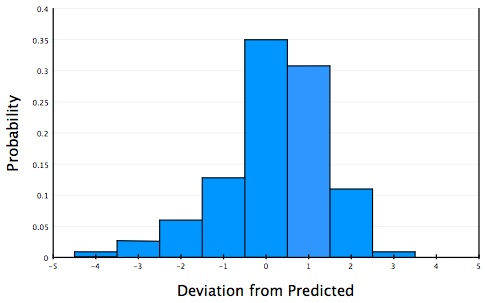Copyright Michael Snively 2010


Bubblers
I’ve often noticed that drinking fountains vary in terms of quality, especially around the MIT campus. Having attempted drinks from terrible fountains, more than once have I wished for a drinking fountain rating system that could warn users before they drink a mouthful of bleach.
Getting user ratings for all the drinking fountains on campus and averaging them would take far too many hours to accomplish, so I created a user trained algorithm to assign ratings to drinking fountains based on measurements of several qualities.
Drinking fountains are rated on a scale from 1 to 7, with 1 being an awful experience and 7 being a wonderful experience. I assumed contributing factors to be temperature, flow rate, conductivity, and position. Each of these qualities was measured for 40 individual drinking fountains. A training set of four users was asked to drink from and rate these 40 fountains. Using a machine learning algorithm, a decision tree was generated that correlated the measurements to the user ratings. This decision tree was then used to predict what 3 additional users would rate various drinking fountains.
The probability distribution shows the accuracy of the prediction algorithm.

There was an 80% likelihood that the algorithm predicted within one rating point of what the user actually gave any given fountain.
With an algorithm that safely predicts what 80% of users will feel about a drinking fountain (and considering that some users will hate drinking fountains that others love, 80% is a relatively high number), it is now possible to rate drinking fountains simply by measuring them.
Future plans include an interactive website with user and algorithmic ratings for drinking fountains, overlaying a map of the MIT campus, along with signs posting a drinking fountain’s rating posted by every fountain.
